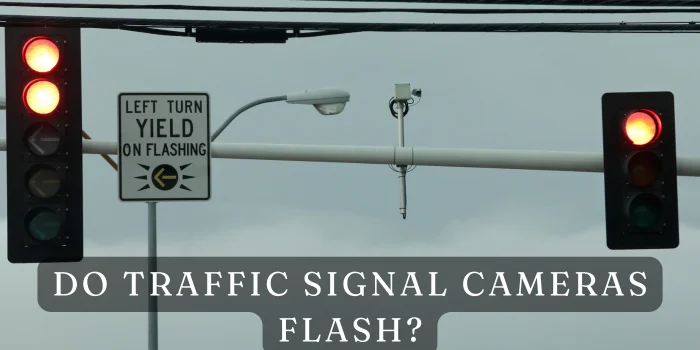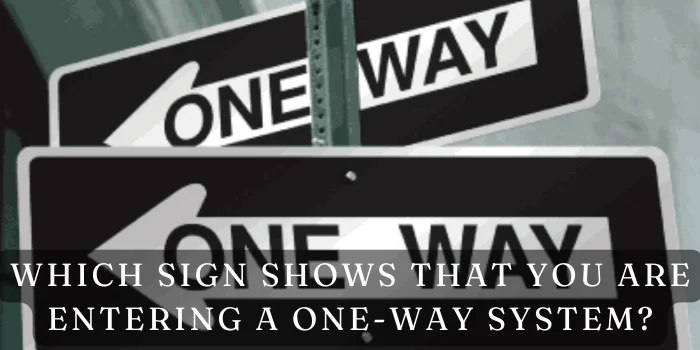Do Traffic Cameras Reduce Accidents in the UK? The Truth Revealed
Traffic cameras are as British as a rainy Bank Holiday weekend. They’re everywhere—perched on lampposts, hidden in vans, or glaring at junctions. But do these unblinking electronic sentinels actually make our roads safer, or are they just another way to catch drivers out? Let’s dive into the debate, sift through the data, and uncover whether these devices are heroes or hustlers.
What Are Traffic Cameras?
Traffic cameras are automated systems designed to monitor and enforce road rules. Imagine them as robotic traffic officers—always alert, never needing a coffee break. They snap evidence when drivers speed, run red lights, or ignore other regulations. The goal? To deter reckless behavior and hold rule-breakers accountable.
Types of Traffic Cameras in the UK
Not all cameras are created equal. The UK uses a mix of technologies:
- Gatso Cameras: The iconic yellow boxes that use radar to catch speeders.
- Red Light Cameras: Positioned at traffic lights to photograph vehicles that blast through after the signal turns red.
- SPECS Average Speed Cameras: These track your speed over stretches of road (like motorways) to ensure you’re not just slowing down for a single camera.
- Mobile Cameras: Handheld devices or van-mounted units used by police for spot checks.
How Do Traffic Cameras Work?
Speed Cameras: The Basics
Speed cameras use radar or laser technology to measure how fast a vehicle is moving. If you’re over the limit, the camera Captures your license plate, and a fine arrives by post. Modern versions, like the Truvelo D-Cam, even use infrared to avoid blinding drivers with a flash.
Red Light Cameras: Functionality
These cameras are triggered when a vehicle crosses the stop line after the light turns red. Two photos are taken: one as you enter the intersection and another showing you in the middle of it. This double-check system helps avoid penalizing drivers who stop abruptly or inch forward during amber.
Average Speed Cameras: A New Approach
Gone are the days of slamming brakes for a camera. SPECS systems calculate your speed between two points, often covering miles of road. If your average speed between Camera A and Camera B is too high, you’ll face consequences. It’s like a math test for your driving habits!
The Primary Purpose of Traffic Cameras
Safety vs. Revenue Generation Debate
Critics argue that cameras are more about padding budgets than saving lives. In 2022, UK councils raked in £254 million from fines. But supporters counter that the real value is in preventing tragedies. For instance, a 2021 study by the RAC Foundation found that speed cameras reduce fatal collisions by up to 58% at high-risk sites. The question is: would you prefer a fine or a funeral?
Statistics: Do Traffic Cameras Actually Reduce Accidents?
Key Findings from UK Studies
The data paints a compelling picture. A Department for Transport report revealed a 35% drop in fatal crashes at camera sites. In Oxfordshire, average speed cameras on the A40 led to a 22% reduction in collisions over three years. Even more striking, Transport for London reported a 60% decrease in accidents at red light camera junctions.
Case Studies: Before and After Camera Installation
Take Scotland’s A9 highway, notorious for fatal crashes. After installing average speed cameras in 2014, fatalities plummeted by 50% within five years. Similarly, Birmingham saw a 70% reduction in speeding on the M6 after SPECS cameras went live. These aren’t just numbers—they’re lives saved.
Public Perception of Traffic Cameras
Driver Opinions and Surveys
Public sentiment is split. A 2023 AA survey found that 52% of drivers believe cameras improve safety, while 48% view them as cash grabs. One driver quipped, “They’re like a nagging parent—annoying but probably right.” Younger drivers tend to be more skeptical, often arguing that cameras don’t address issues like drunk driving or fatigue.
Government and Authority Responses
Authorities insist cameras are about safety, not profit. The UK government’s Slow Down, Save Lives campaign emphasizes that fines fund road safety initiatives, like school zone upgrades. Still, trust issues linger. As one councilor admitted, “We need transparency—people deserve to know where their money goes.”
The Legal Implications of Traffic Cameras
Penalties and Fines: Deterrence or Punishment?
Fines range from £100 for minor speeding to £2,500 for serious offenses, plus penalty points. But do they work? A 2020 study by the University of Liverpool found that 40% of fined drivers changed their habits long-term. However, critics argue that wealthy drivers treat fines as a “road tax,” undermining the deterrent effect.
Impact on Driving Behavior
Cameras create a “halo effect”—drivers slow down even in non-camera zones, fearing they might have missed a sign. It’s like spotting a police car and checking your speed, even if you weren’t speeding. This psychological shift is key to their success.
Criticisms and Controversies Surrounding Traffic Cameras
The Argument Against Over-Reliance on Technology
Some safety advocates warn that cameras can’t replace human judgment. For example, they can’t account for icy roads or ambulances rushing to emergencies. As road safety campaigner Margaret Winchcombe argues, “Cameras are tools, not solutions. We still need better driver education.”
Accusations of Revenue-Focused Placement
Why are cameras often on straight roads instead of accident-prone bends? Critics claim councils prioritize profit over risk. In 2021, a Freedom of Information request revealed that 30% of cameras in Surrey were placed in areas with low accident rates but high traffic volume. Authorities deny this, but the suspicion persists.
Technological Advancements in Traffic Monitoring
AI and Smart Cameras: The Future of Traffic Control
New AI-powered cameras can analyze traffic flow in real time, predicting accidents before they happen. For example, Siemens’ AI Traffic Eye uses machine learning to spot erratic driving patterns, alerting authorities to potential Dangers. It’s like having a crystal ball for road safety!
Alternatives to Traffic Cameras for Accident Reduction
Education and Awareness Campaigns
Programs like THINK! use hard-hitting ads to shock drivers into safer behavior. One viral video showed a teenager’s life unraveling after a crash—a stark reminder that actions have consequences.
Road Design Improvements
Sometimes, the best way to slow drivers is through physics, not fines. Roundabouts, speed bumps, and narrower lanes force drivers to slow down. The Dutch concept of shared space—removing traffic signs to encourage eye contact—reduced accidents by 50% in pilot areas.
Conclusion:
Traffic cameras aren’t a magic fix, but they’re undeniably effective at reducing accidents in high-risk zones. However, their success depends on public trust, fair placement, and pairing them with education and smarter road design. As technology evolves, so too should our approach—because safer roads require more than just a flash of light and a ticket in the mail.
FAQs
How accurate are traffic cameras?
Most cameras are calibrated annually and have a margin of error of ±2 mph. Drivers can request calibration certificates if they dispute a fine.
Do mobile speed cameras work in the dark?
Yes! Many use infrared technology to capture clear images 24/7, regardless of lighting.
Can cyclists be fined by traffic cameras?
Currently, only motor vehicles are penalized. However, cyclists running red lights can face on-the-spot fines from police.
Are there plans to introduce more cameras in the UK?
Yes. The UK government aims to install 500 new AI-enabled cameras by 2025, focusing on rural accident hotspots.
Do traffic cameras invade privacy?
Critics argue they do, but UK law mandates that footage can only be used for traffic enforcement and is deleted after 90 days unless needed as evidence.





